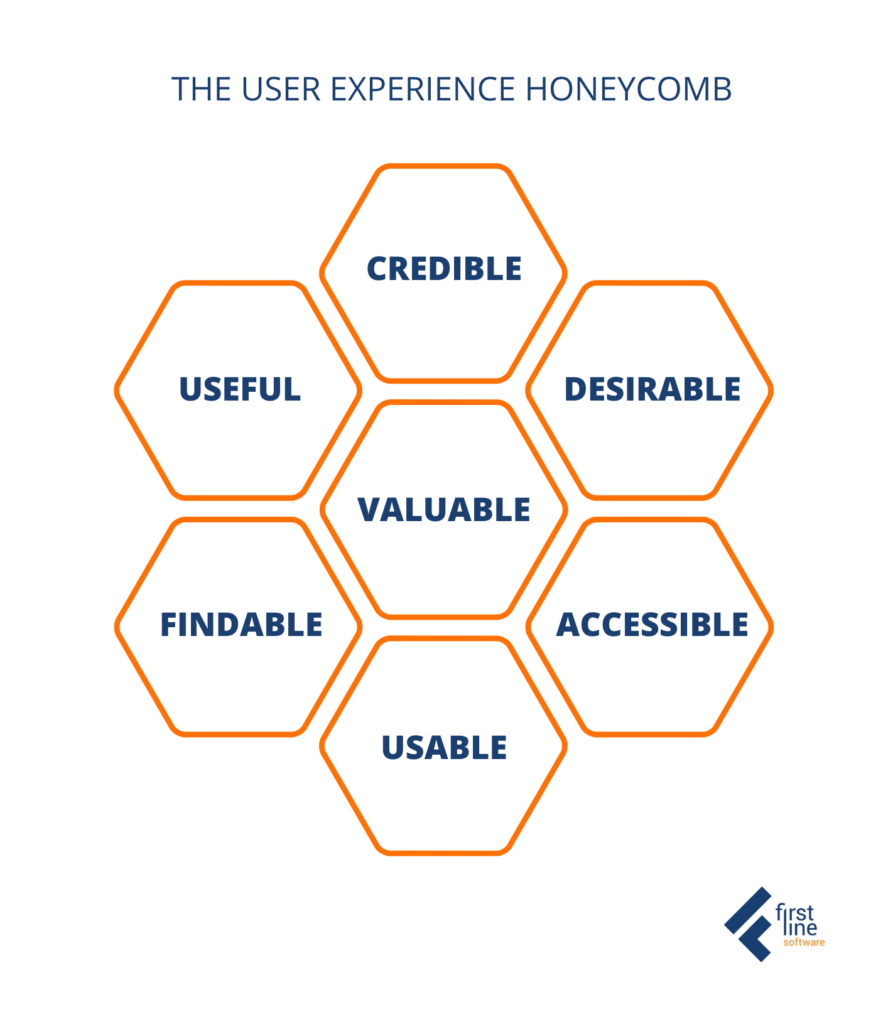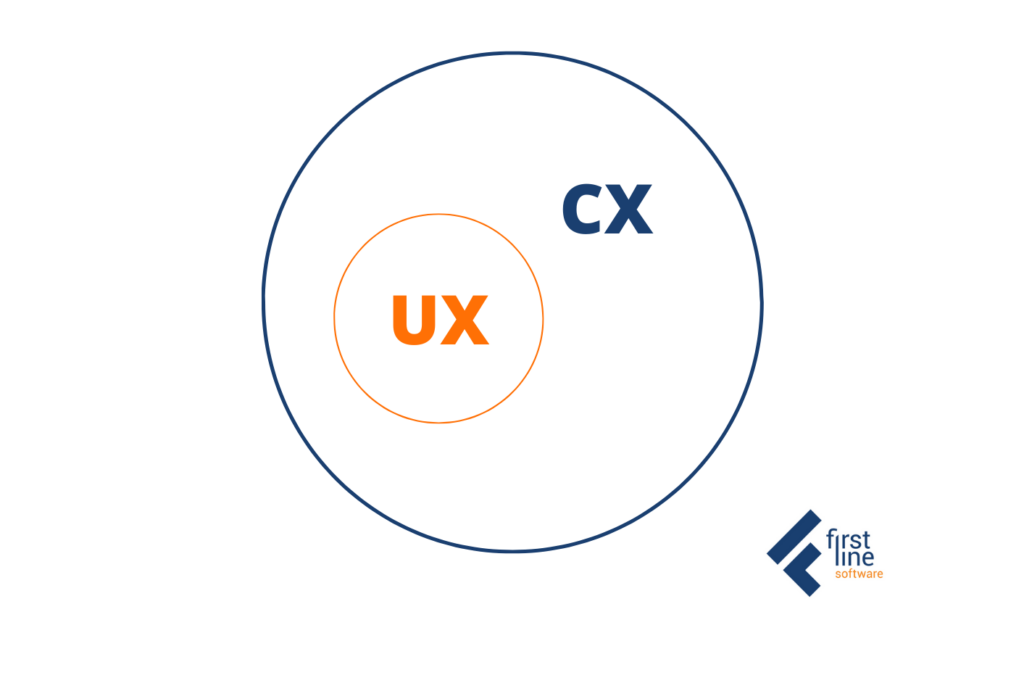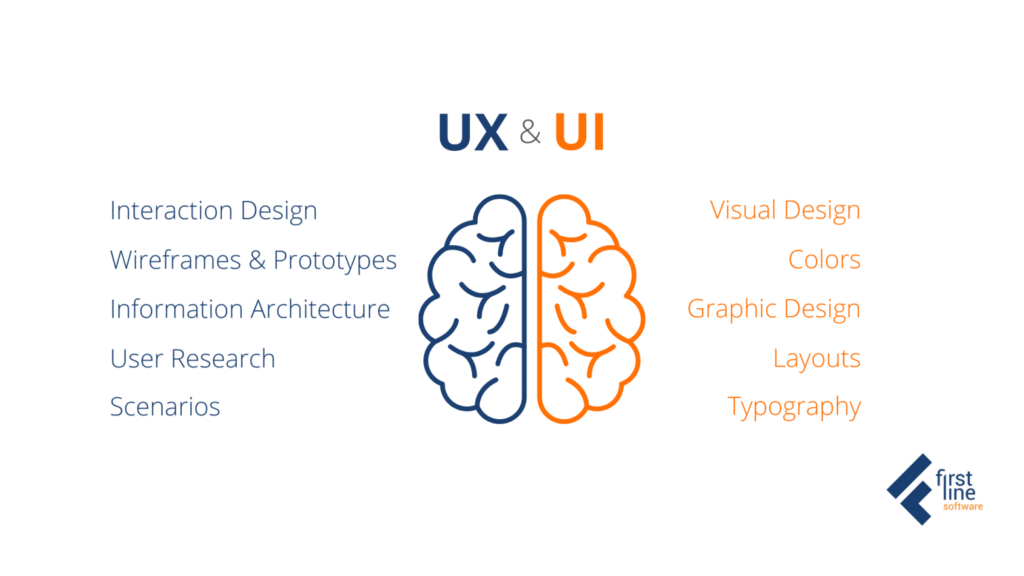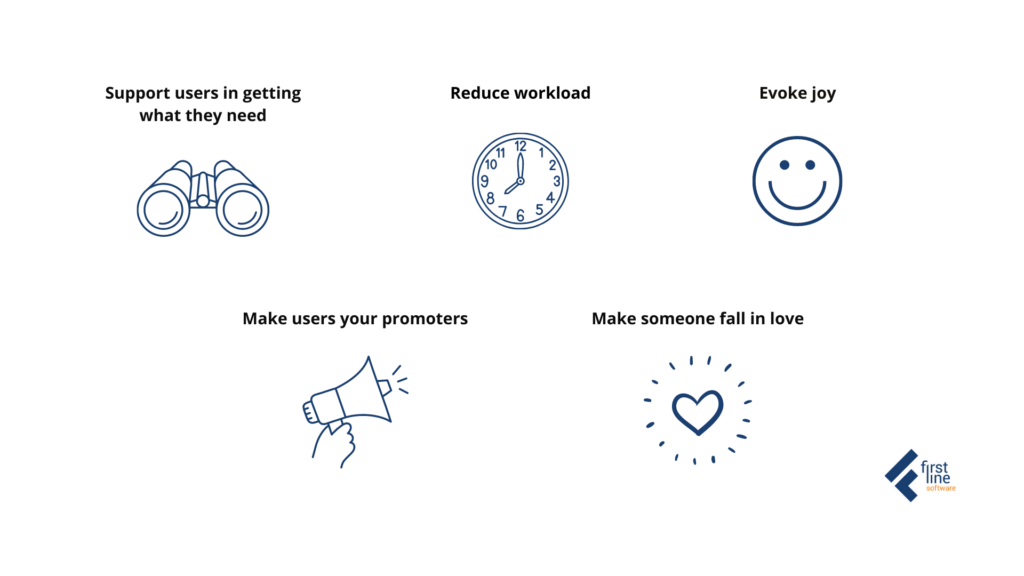User Experience 101: Basics Every Online Business Should Know About UX

The love and trust of customers without a doubt can be called the main factor in the success of any business. In today’s highly competitive world, we understand that in order to achieve these relationships, brands must go beyond simply satisfying customer demand.
In this article, we will break down what User Experience is, what basic knowledge of UX is important for anyone doing business online, and how User Experience can help you stand out from the competition.
What is User Experience
The term, “User Experience” was coined in the 1990s by Don Norman, co-founder of the Nielsen Norman Group. According to Norman, “User experience encompasses all aspects of the end-user’s interaction with the company, its services, and its products.”
Basically User Experience or “UX” is everything about how a user interacts with and experiences a product, service, or system. UX includes both thoughts and feelings of the user as well as the context in which the product is used and how it’s built in the user’s daily life.
User Experience is not static and can change over time, some products may seem fascinating at first glance but lose their charm shortly, while others give mixed feelings at the start and ultimately show their true value over a period of time.
Elements of User Experience
Back in 2004 Peter Morville – an influential figure and “founding father” of information architecture created a User Experience Honeycomb – a classic UX diagram outlining the seven essential aspects of UX. The framework is a great tool to explain the basics of User Experience.

- Useful – meaning a combination between being usable and relevant to your audience needs. There is no point in superb usability if users can’t get what they need from you. On the other hand if you have a valuable offering for your audience but it would take too much effort from them to get to it – most likely they would leave your site.
- Usable – don’t force users to think too much, they don’t have the time or energy for that. Your interfaces, navigation, overall design and any other touchpoints should be intuitive, easy to use, and not overwhelming.
- Desirable – most often we talk about UX in the context of user interaction efficiency, but the importance of the emotional component should not be overlooked. Images, identity, brand, and other elements of visual design evoke our feelings. In a situation when all other aspects of user experience are equal, emotional appeal and desirability of your UX can become the deciding factor in your favor.
- Findable – if people can’t find what they are looking for, they’re leaving. We need to be sure that the navigation system we provide is logical, intuitive, and effortless.
- Accessible – means providing everyone an equal opportunity to use your product or website. Accessibility is one of the essential parts of User Experience design, helping to suit your interface for people with disabilities with the ultimate goal of not losing potential groups of customers.
- Credible – users should trust and believe in what you tell them. People often get scammed on the internet. Think of what can help to evoke trust in your audience and provide it to them.
- Valuable – in the heart of honeycomb is value. Your User Experience should bring value to your customers. Whether it would be saving their time or making them feel inspired – the value that you broadcast to your audience must be relevant to their goals and desires.
User Experience vs Customer Experience
User Experience is often confused and used interchangeably with the Customer Experience (CX). Though these two terms are quite closely related, there are some important differences. User Experience is focused on user interaction within a specific product or service, while Customer Experience is about a holistic view on the customer relationship with the brand across all communication points. In fact User Experience should be considered as a part of Customer Experience.

One other specific gap that is closed with Customer Experience is cases when the customers and the end users are different people. For example, if an executive team decides on buying a software system for one of the company departments the end users would be department workers, and UX would be taking care of their experience with the product. CX would be more concerned about the decision maker’s journey within the company.
User Experience (UX) Design vs User Interface (UI) Design

Another common question is the difference between User Experience design and User Interface design. Both processes complement each other and, with the right approach, should work together.
UX design is focused on identifying and solving user problems. It includes a lot of research to understand the goals, needs and preferences of the audience. The result of user experience design is mapping the potential user journeys and information architecture that will help users achieve their goals with the product in the most efficient way.
UI design is the work of translating this journey into a visual product – creating intuitive and aesthetically pleasing interfaces. The result of UI designers’ work is that what users will eventually interact with, what they will see and touch.
UI design is the end result of UX design. Depending on how thoughtfully you outlined the UX design phase, you may or may not be able to design a truly successful UI.
Keep in mind that User Experience design can go beyond digital products, while User Interface design is specific to experiences in a digital environment.
Goals of UX Design
The main goal of UX efforts is to create outstanding experiences for your audience in both aspects – efficiency and emotions.
You must build the interaction in such a way that users can get what they need without unnecessary and exhausting steps. At the same time, this path should bring them pleasure, make them want to tell others about it, and compel them to return again and again. With such an experience, you will be able to build long-term relationships with your users and attract new audiences through their loyalty and word of mouth promotion.

How does improving the User Experience help you achieve your business goals?
Leveraging the UX design is not done on a whim or just a fun exercise. It is a powerful tool to fight the competition and achieve your business goals. This includes the following:
Customer Satisfaction Improvement
UX design is all about your users. When you understand them, know their pain points and what makes them happy, you can focus on improving the flaws and enhancing the positive aspects of the experience… And this will certainly increase the satisfaction of your customers.
Prolonging relationships with customers
Did you know that a 5% increase in customer retention correlates with a 25% increase in profit? Building a long-term relationship takes time, but it is definitely worth it. Most people don’t enjoy searching for new information, so once they’ve found a solution that suits their needs, they’ll be ready to come back to it more and more… You just need to be that solution.
Increase of Conversion Rate
Although UX specialists consider the user journey in its entirety, they always remember the ultimate goal of the business and understand that in the end this path should lead to a conversion. The more satisfied your customers are, the more people are returning to your products… And the higher your conversion rate will be.
SEO Improvement
Search Engines today become smarter and smarter. Google knows and considers behavioral metrics of your website as well as knowing if the user resolves their request within it. User Experience helps you to make your website easy to use, interactive, and leads to conversions. All this will impact your metrics and as a result would positively affect your search rankings.
Improved understanding of your clients
User Experience can teach you a thing or two about your customers that may result even in bigger decisions than UI changes. You may find new niches to grow in or get an understanding that some of your offerings are not in demand. Better knowledge of your audience will have a greater impact on your overall business strategy.
Increased revenue and better ROI
Experience-driven businesses have better brand awareness, better return-on-ad spend, cheaper customer acquisition cost, higher average order value, and more repeat visitors. Adding all this up we can see that investments in User Experience Improvement will certainly pay for itself.
Bring the power of User Experience to your business
Do you apply a user-centered design approach in your current business? What goals do you have in mind to achieve with a user experience improvement?
Reach the experts from our DXP, CMS & Ecommerce team to discuss your ideas and get detailed consultation on how we can help. Talk to us today!
